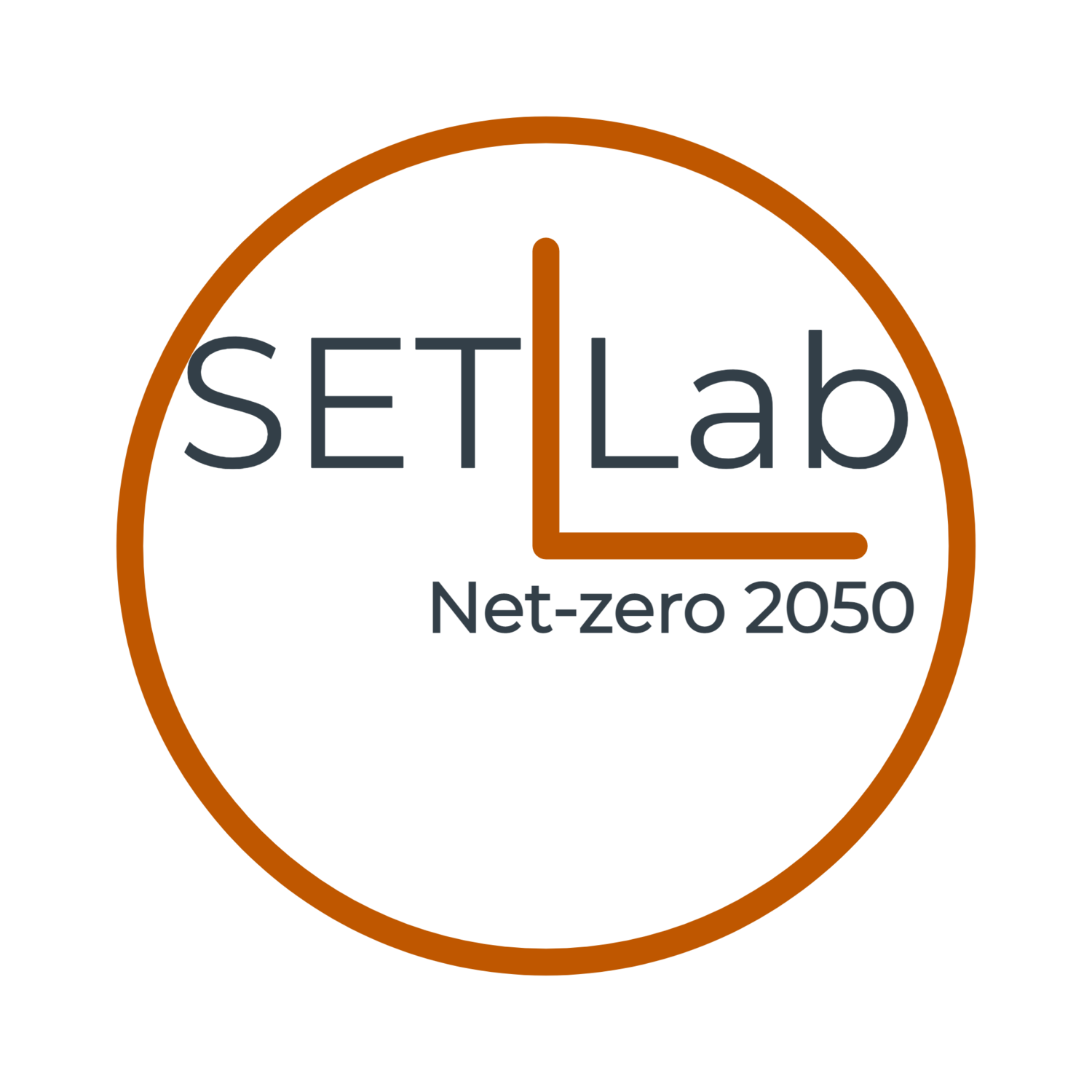Fugitive Emissions Abatement Simulation Toolkit
The Fugitive Emissions Abatement Simulation Toolkit or FEAST is a model to evaluate the effectiveness of methane leak detection and repair (LDAR) programs at oil and gas facilities. Recent advances in the development of new fixed (continuous monitoring systems) and mobile (truck-, drone-, plane-, and satellite-based) methane leak detection technologies have led to growing interest in alternative LDAR programs. The FEAST model helps operators and regulators compare a variety of LDAR program configurations such as continuous monitoring systems and hybrid aerial and ground surveys to develop cost-effective mitigation protocols.
To learn more about FEAST, please see this slide deck based on my presentation at the Center for Energy and Environmental Resources Seminar at UT Austin. FEAST Slide Deck
Example FEAST Result: Methane emissions reductions as a function of survey frequency (y-axis) and technology detection threshold (x-axis). White lines correspond to constant mitigation curves while the underlying color map represents mitigation cost in $/ton CO2eq. The yellow arrows show two different configurations of survey frequency and technology detection threshold that can achieve a 50% reduction in methane emissions (Adapted from: Kemp et al. (2021) Environ. Sci. Technol. 55 9140.)
FEAST Example Result
The figure shows methane emissions reductions that can be achieved by choosing specific combinations of survey frequency (y-axis) and technology (x-axis). For example, to achieve 50% emissions reduction (as shown by yellow arrows), one can choose a semi-annual component-level survey with a technology that has a detection threshold of about 7 kg/d or a quarterly site-level survey with a technology that has a detection threshold of about 70 kg/d. The mitigation cost for the component-level survey is about $15-$30/ton CO2e, while that for the site-level survey is under $15/t CO2e. Thus, higher survey frequency can actually reduce mitigation cost if using the appropriate technology.
FEAST supports the following technologies and can model hybrid LDAR programs:
Optical gas imaging (OGI) camera
Aerial surveys (both equipment- and site-level surveys)
Drone surveys
Continuous monitoring systems
(To be available 6/22) Satellite-based detection
FEAST Resources
Link to FEAST version 3.1 GitHub codebase and repository (all code written in Python): FEAST Code
A public webinar was held on January 27, 2021 providing a high-level demonstration of FEAST 3.1 features and capabilities: Webinar Link
A public tutorial session on installation and running FEAST, including customizing simulation runs: Tutorial Link.
Publications
C. Kemp and A.P. Ravikumar (2021). New technologies can significantly reduce the cost of addressing methane emissions from the oil and gas industry. Environmental Science & Technology 55 9140.
A.P. Ravikumar and A.R. Brandt (2017). Designing better methane mitigation policies: the challenge of distributed small sources in the natural gas sector. Environmental Research Letters 12 044023.
C. Kemp, A.P. Ravikumar, and A.R. Brandt (2016). Comparing natural gas leakage detection technologies using an open-source virtual gas field simulator. Environmental Science & Technology 40 4546.
FEAST-related Collaboration
We routinely work with industry partners and state and federal agencies to provide custom simulation runs of the FEAST model. These collaborations are typically done through short-term service contracts where we provide model runs of specific combinations of methane technologies, asset portfolio, and LDAR program parameters. Please contact Prof. Ravikumar (arvind.ravikumar@austin.utexas.edu) to discuss details.

